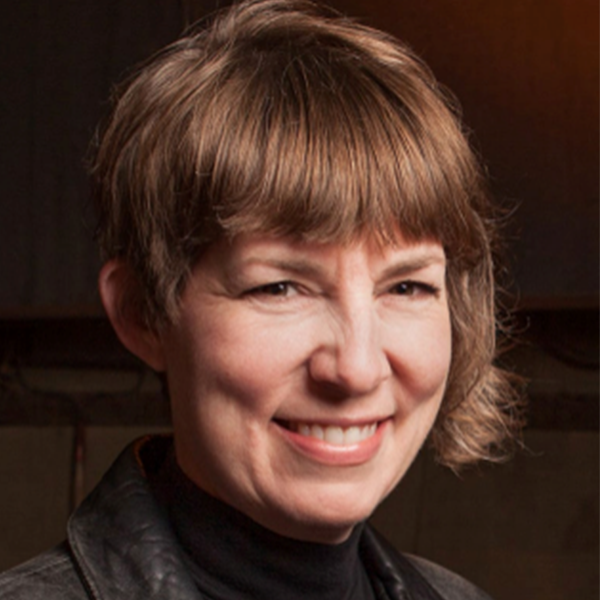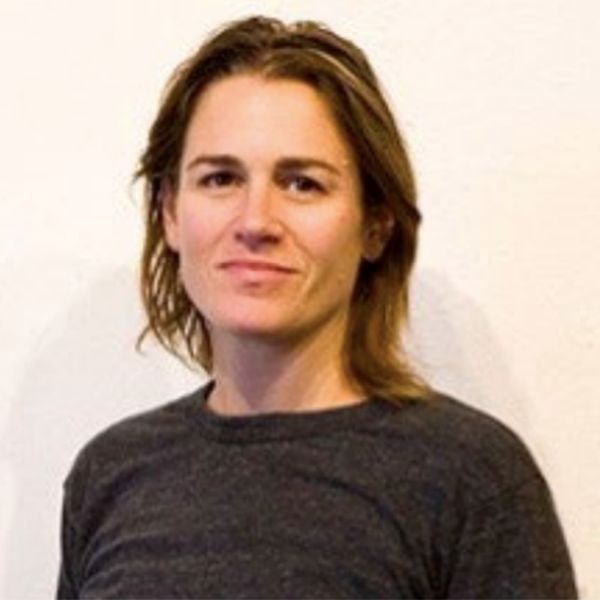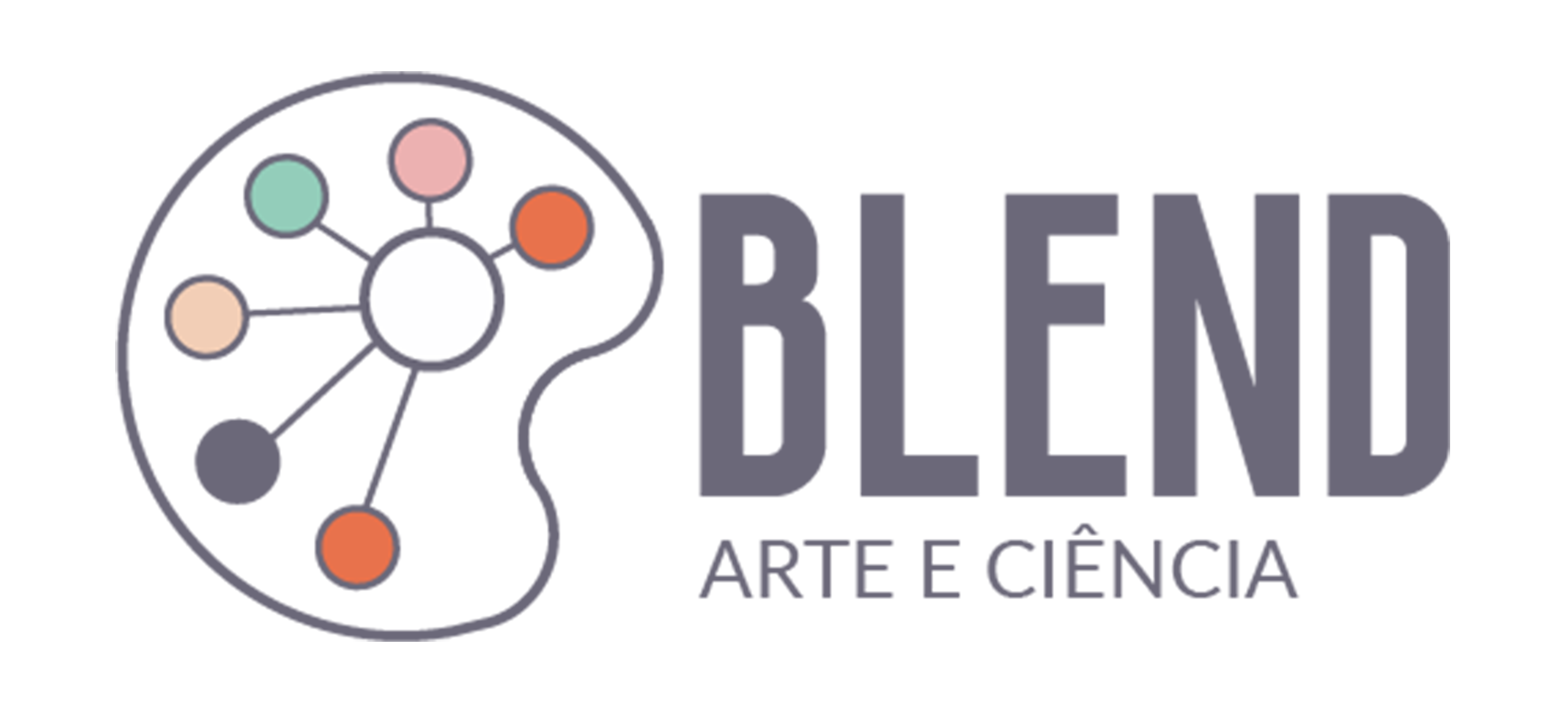Abstracts
Joana Magalhães | Opening up science

PT//
Atualmente, está a ser estabelecido um novo modus operandi de ciência aberta, onde entre outros, projetos que emergem de dentro das comunidades em vez de serem feitos para ou sobre elas estão a tornar-se mais comuns. A co-criação pertence a um espectro de práticas participativas que estão a ser exploradas como veículos para promover a interdisciplinaridade e a inclusividade. Ao mesmo tempo, ao envolver as comunidades no processo de produção de conhecimento, são incluídas diferentes perspectivas, mudando os papéis tradicionais de liderança e compreendendo as limitações da própria área que podem levar a uma investigação mais significativa e com maior impacto.
Diferentes exemplos de projetos passados e em curso serão partilhados, concentrando-se em diferentes tópicos (por exemplo, saúde, educação, clima), a utilização de meios digitais, o papel da comunicação científica e práticas artísticas e sistemas de valores.
EN//
Currently, a new modus operandi of open science is being set, where among others, projects that emerge from within communities rather than being made for or about them are becoming more common. Co-creation belongs to a spectrum of participatory practices that are being explored as vehicles to promote interdisciplinarity and inclusivity. At the same time, by involving communities in the knowledge production process, different perspectives are included, shifting the traditional leadership roles and understanding the limitations of one’s area that can lead to more meaningful and impactful research.
Different examples of past and ongoing projects are going to be shared, focusing on different topics (e.g. health, education, climate), the use of digital media, the role of science communication and artistic practices and value systems.
Cristin Millett and Cynthia White | Ex-Utero: The Future of Human Reproduction


PT//
Qual é o futuro da reprodução humana? Estamos preparados para controlar completamente, e até mesmo para conceber intencionalmente todo o nosso processo reprodutivo. Esta evolução é impulsionada pelos recentes avanços científicos. Começou com o advento de contraceptivos facilmente acessíveis e mudou ainda mais com o desenvolvimento da fertilização in vitro. O Diagnóstico Genético Pré-Implantação significava que os futuros pais tinham conhecimento prévio e alguma supervisão sobre a sua propagação.
Em breve, descobertas recentes podem significar que os pais podem programar expressões genéticas específicas e até predeterminar traços na sua progenitura. Apenas a incubação de 9 meses no útero feminino tem ainda de ser suplantada pela tecnologia. Quebrar esta barreira final significa embarcar num caminho sem precedentes – a desumanização do processo reprodutivo humano.
Como Bolseira Fulbright e Artista Residente na SymbioticA da Universidade da Austrália Ocidental (UWA) em 2020, Millett explorou a ciência da ectogénese, o aumento ou substituição do útero fecundo por uma máquina. O termo “ectogénese”, o desenvolvimento extracorpóreo de um embrião num útero artificial, foi cunhado em 1924 por um geneticista, J.B.S. Haldane, que previa um futuro em que os seres humanos fossem perpetuados através de úteros sintéticos implantados com espermatozóides e óvulos geneticamente “superiores” pré-seleccionados. O conceito foi popularizado no Admirável Mundo Novo (Aldous Huxley, 1932) que retrata uma distopia fictícia com reprodução controlada pelo governo através de clonagem e ectogénese. Uma vez visto como rebuscado, esta mecanização e produção em massa do processo de nascimento passou para a ciência convencional.
O primeiro avanço significativo ocorreu em 1986 quando Yoshinori Kuwabara da Universidade de Juntendo (Japão) concebeu um sistema de incubação fetal extra-uterino, um recipiente em forma de caixa cheio com um líquido amniótico artificial, para gestar cabras fetais com sucesso. Em 2017, um grupo liderado pelo Dr. Matthew Kemp (UWA) publicou uma pesquisa no The American Journal of Obstetrics and Gynecology, detalhando como controlar a gestação de um borrego prematuro num sistema extracorpóreo inteiramente feito pelo homem. A terapia ambiental uterina ex vivo, designada por EVE, é uma plataforma artificial de suporte de vida uterina que fornece troca de gás através do cordão umbilical, eliminando assim os efeitos nocivos dos ventiladores nos pulmões subdesenvolvidos. A terapia EVE do Dr. Kemp, testada em cordeiros prematuros removidos por cesariana, prolonga o período de gestação para bebés extremamente prematuros no limiar de viabilidade (22-23 semanas). Embora um objetivo louvável neste contexto, a questão não respondida é se as possíveis extensões desta tecnologia inovadora receberam níveis apropriados de escrutínio ético e legal.
Em colaboração com Cynthia White e em consulta com Ionat Zurr (UWA), a equipa irá analisar, descelularizar e moldar uma placenta humana. O objetivo é criar um útero artificial, usando um saco biológico de polietileno, cheio com um fluido amniótico de meios ricos em nutrientes. A incubadora transparente permitirá aos telespectadores observar o interior do útero, revelando um simulacro de uma placenta semeada com células vivas e em crescimento. A obra de arte escultórica, provisoriamente intitulada Ex-Utero, suscitará perguntas e conversas sobre o impacto sócio-cultural da ectogénese, uma ciência com enormes implicações que mudará o futuro da humanidade. Como cineasta, White documentará também o processo de investigação biológica e artística com o objetivo de produzir um documentário que oferecerá uma estrutura visual para questionar tais avanços tecnológicos na medicina e o seu impacto na humanidade.
EN//
What is the future of human reproduction? We are poised to completely control, and even willfully design our entire reproductive process. This evolution is driven by recent scientific advances. It began with the advent of easily accessible contraceptives and further changed with the development of in vitro fertilization. Pre-Implantation Genetic Diagnosis meant that prospective parents had foreknowledge and some oversight over their propagation. Soon, recent breakthroughs may mean that parents can program specific genetic expressions and even predetermine traits in their progeny. Only the 9-month incubation in the female uterus has yet to be supplanted by technology. Breaching this final barrier means we embark on an unprecedented path – the dehumanization of the human reproductive process.
As a 2020 Fulbright Scholar and Resident Artist at SymbioticA at the University of Western Australia (UWA), Millett explored the science of ectogenesis, the augmentation or replacement of the fecund uterus by a machine. The term “ectogenesis,” the extracorporeal development of an embryo in an artificial womb, was coined in 1924 by a geneticist, J.B.S. Haldane, who envisaged a future where humans were perpetuated via synthetic uteruses implanted with pre-screened, genetically “superior” sperm and eggs. The concept was popularized in Brave New World (Aldous Huxley, 1932) which depicts a fictional dystopia with government-controlled reproduction via cloning and ectogenesis. Once seen as farfetched, this mechanization and mass production of the birthing process has moved into mainstream science.
The first significant breakthrough occurred in 1986 when Yoshinori Kuwabara of Juntendo University (Japan) designed an extrauterine fetal incubation system, a box-like container filled with an artificial amniotic fluid, to successfully gestate fetal goats. In 2017, a group led by Dr. Matthew Kemp (UWA) published research in The American Journal of Obstetrics and Gynecology, detailing how to control the gestation of a premature lamb in an entirely man-made, extracorporeal system. Ex vivo uterine environment therapy, dubbed EVE, is an artificial uterine life support platform that provides gas exchange via the umbilical cord, thereby eliminating the harmful effects of ventilators on underdeveloped lungs.
Dr. Kemp’s EVE therapy, tested on premature lambs removed via C-Section, extends the gestation period for extremely premature infants at the threshold of viability (22-23 weeks). While a laudable goal in this context, the unanswered question is whether possible extensions of this innovative technology have received appropriate levels of ethical and legal scrutiny. In collaboration with Cynthia White and in consultation with Ionat Zurr (UWA), the team will scan, decellularize, and mold a human placenta. The goal is to create an artificial uterus, using a polyethene biobag, filled with an amniotic-like fluid of nutrient-rich media. The transparent incubator will allow viewers to peer into the interior of the womb, revealing a simulacrum of a placenta seeded with living, growing cells. The sculptural artwork, tentatively entitled Ex-Utero, will prompt questions and conversations about the socio-cultural impact of ectogenesis, a science with enormous implications that will change the future of humanity.
As a filmmaker, White will also document the biological and arts research process with the aim of producing a documentary that will offer a visual framework to query such technological advances in medicine and their impact on humanity.

